When Is the Best Time to Visit Sapa, Vietnam? Complete Guide by Season
The best time to visit Sapa is during the autumn months from September to November. This three-month window captures Sapa at its most magnificent. During this time the temperatures remain low as well, which makes it ideal to participate in outdoor activities.
But Sapa's weather changes dramatically throughout the year. So, knowing the best time to visit Sapa Vietnam is key to enjoying the beauty of the region. In this article, we’ll guide you through the seasons, suggest itineraries, and share tips to help you experience Sapa at its very best.
![]() Quick Answer: What's the Best Time to Visit Sapa?
Quick Answer: What's the Best Time to Visit Sapa?
![]() Sapa's Geography and Climate: What to Expect Each Month
Sapa's Geography and Climate: What to Expect Each Month
![]() Sapa in Autumn (September to November): The Golden Season
Sapa in Autumn (September to November): The Golden Season
![]() Sapa in Spring (March to May): Ideal Weather & Cultural Festivals
Sapa in Spring (March to May): Ideal Weather & Cultural Festivals
![]() Sapa in Summer (June to August): Lush Green Hills and Short Showers
Sapa in Summer (June to August): Lush Green Hills and Short Showers
![]() Sapa in Winter (December to February): Misty Mountains & Rare Snowfall
Sapa in Winter (December to February): Misty Mountains & Rare Snowfall
![]() When to Combine Sapa with Other Vietnam Destinations
When to Combine Sapa with Other Vietnam Destinations
Quick Answer: What's the Best Time to Visit Sapa?
September through November stands out as the best time of year to visit Sapa. These months present the region in its peak beauty. This period is the harvest season, also the best time to visit northern Vietnam. The rice terraces turn a stunning golden color. The scenery is breathtakingly beautiful. And conditions are perfect for photography across the valleys.
The second-best time to visit Sapa is during spring. Spring runs from March to May, and everything just feels right during these months. Temperatures remain mild, green fields emerge with new growth, and clear skies reveal distant peaks. Ethnic festivals during this period add cultural depth to the visit as well.
Other times of the year, though, aren’t as ideal. Summer can be challenging with frequent rain, while winter brings cold temperatures and rare snowfall, attracting fewer international tourists. So, if you want to enjoy your Sapa trip MOST, plan your Sapa tour around the golden autumn or the colorful spring.

From September to November is the best time for trekking in Sapa.
Sapa's Geography and Climate: What to Expect Each Month
The location of Sapa is at an altitude of around 1600m above sea level, near the border with China. Such an elevation gives it a special microclimate that is very different from the heat of Hanoi or the tropical feeling of Halong Bay, making sapa weather unique in Vietnam.
The presence of four separate seasons has both effects on the trekking possibilities and the festivals that travelers can attend. During the winter, temperatures drop, and at times can fall below 0°C. In spring, the weather warms up slowly, and in summer, the peak heat occurs in July. Still, Sapa is 10 to 15 degrees cooler than Hanoi during the same period. Autumn starts to cool down in September and continues to do so steadily.
Different seasons bring different amounts of rainfall as well. Winter is relatively dry, spring has some light drizzle, summer has heavy rain in the afternoon, and autumn goes from summer rain into winter dryness. Understanding these patterns helps you pack correctly and plan activities for Vietnam tours.
|
Month |
Temperature & Weather |
Highlights |
Best For |
|
January |
0–12°C, cold, foggy |
Misty mountains, rare snowfall |
Winter scenery lovers, photographers |
|
February |
5–15°C, dry and cool |
Occasional snow, quiet villages |
Peaceful getaways, cultural visits |
|
March |
10–18°C, mild and clear |
Blooming flowers, Gau Tao Festival |
Festival-goers, trekkers |
|
April |
15–22°C, pleasant |
Green terraces, clear skies |
Outdoor explorers, casual hikers |
|
May |
18–25°C, warm, light rain |
Roong Pooc Festival, vibrant fields |
Cultural immersion, spring photography |
|
June |
20–25°C, frequent rain |
Waterfalls, lush greenery |
Budget travelers, adventure seekers |
|
July |
20–25°C, humid with showers |
Rice terraces growing, fewer tourists |
Backpackers, off-season travelers |
|
August |
20–25°C, rain decreasing |
Emerald rice fields, fresh air |
Nature lovers, photographers |
|
September |
18–23°C, dry and cool |
Golden harvest season |
Photography, trekking |
|
October |
15–22°C, clear skies |
Best views, colorful markets |
Trekkers, culture seekers |
|
November |
10–18°C, crisp air |
Late harvest glow, fewer rains |
Scenic tours, outdoor activities |
|
December |
5–15°C, cold, foggy |
Misty peaks, warm local cuisine |
Winter travelers, unique photography |
Sapa in Autumn (September to November): The Golden Season
Sapa during the fall season feels almost surreal. It's the time of the year when the rice fields turn golden and the harvesting festivities begin. The mornings are chilly, and the days gently warm up and the evenings cool down quickly. The air tastes clean. And humidity drops significantly from summer levels.
September brings in transitional weather, with some afternoon rain, which decreases through the month. By October, the weather is almost perfect. And in November, mornings become really cold.
Sapa trekking routes show their best during autumn. The Cat Cat trail walks you through Black Hmong villages. You'll see rice fields ready for harvest. The Ta Van route takes you to multiple villages. You'll meet Giay and Red Dao people along the way. The Lao Chai loop connects different villages and offers beautiful views from high ridges.
Photography enthusiasts organize trips during autumn in particular. The golden light covers the landscape at late afternoon. Vietnam Rice fields change from bright yellow to deep amber. Markets in Bac Ha and Can Cau burst into color and vitality. However, on the downside, the popularity of autumn makes the prices steep and the treks crowded. Tourist facilities go into full swing. Hotels get reservations months in advance. But the experience is always unforgettable.

The beautiful scenery of golden terraced fields in autumn in Sapa.
Sapa in Spring (March to May): Ideal Weather & Cultural Festivals
Spring symbolizes renewal in northern Vietnamese culture. New crops get planted. Families prepare fields for growth. This cultural richness adds meaning to spring visits beyond just good weather. Homestays welcome spring visitors warmly. Communities prepare fresh meals featuring spring vegetables.
The three-month period offers clear skies and ideal trekking temperatures. March remains slightly cool with highs around 15-18 degrees Celsius. April warms to 18-22 degrees. May approaches early summer with temperatures reaching 20-25 degrees. Rain happens occasionally but usually passes quickly.
Sapa town hosts the Gau Tao festival to celebrate spring’s arrival, and the Roong Pooc festival in the district marks the rice season. Timing your trip carefully allows you to see these cultural events in action along your trekking routes in Vietnam.
Trekking tour in Vietnam during spring feels energizing. Flowers line many routes. Bird songs fill morning air. Climbing Mount Fansipan offers clear views of distant Chinese mountains. The cable car ride provides easier access for those who prefer not to hike the full route. Many trekkers consider spring the sweet spot between autumn crowds and summer rains.

In spring, you can see many green rice terraces while hiking in Sapa.
Sapa in Summer (June to August): Lush Green Hills and Short Showers
During summer, Sapa takes on an entirely different look. Everything turns green. Rice paddies shine bright emerald in August in Sapa. Forests explode with vegetation. Summer is also the low season for International tourists, so it is the best time for budget travelers.
Rain comes regularly during the summer. Afternoon showers arrive almost daily but typically last two to four hours then clear. Early morning and late afternoon stay dry most days. Temperatures hover between 20-25 degrees Celsius.
Green scenery appeals to photographers seeking different aesthetics from golden autumn. Summer suits specific travelers, making it worth to visit Sapa. Those who dislike crowds find their paradise. Budget-conscious visitors enjoy reduced prices.
Fewer tourists also mean clearer market scenes and more relaxed village interactions. However, safety considerations matter during summer. Steep trekking trails become hazardous when muddy. So, never trek during or immediately after heavy downpours.

Although it rains in summer, the scenery in Sapa is still very beautiful.
Sapa in Winter (December to February): Misty Mountains & Rare Snowfall
Winter brings a completely different Sapa. Cold mountain air descends from China. Fog wraps around peaks and valleys during winter in Sapa. Temperatures drop below freezing at night. Snow falls occasionally, creating spectacular winter landscapes. The atmosphere turns mystical.
December marks autumn's end and winter's beginning. Late January and February deliver the coldest conditions, sometimes reaching 0 degrees Celsius. Snow falls rarely but memorably. Mount Fansipan's cable car becomes a primary attraction.
The world's longest cable car ride takes 15 minutes to reach 3,143 meters. Views extend for kilometers on clear days—an unforgettable highlight for any Southeast Asia tour. Winter activities shift focus. Local cuisine features heavily. Hot pot meals warm travelers from the inside. Coffee shops serve hot drinks perfect for cold mornings.
Mist and fog create ethereal scenes. Bare mountain slopes offer stark beauty. Winter brings domestic high season tourism. School holidays bring families. Prices rise similarly to autumn levels. English-speaking guides book quickly.

In winter, Sapa is sometimes covered with snow, creating a special and charming view.
.
When to Combine Sapa with Other Vietnam Destinations
December through March works beautifully for covering north, central, and southern Vietnam. The classic northern highlights route combines Hanoi, Sapa, Halong Bay, and Ninh Binh over 14 days.
Start in Hanoi, exploring temples and street food. Travel to Sapa for 2-3 days of trekking. Head to Halong Bay for a relaxing cruise. End in Ninh Binh, discovering the countryside landscapes. This route works perfectly from September through November or March through May.
A cross-country combination pairs Sapa with Hoi An and Ho Chi Minh City. Spend 2-3 days trekking in Sapa. Fly south to Hoi An for beaches and ancient town exploration. Continue to Ho Chi Minh City for urban culture. This two-week Vietnam journey works well in late October or mid-March.
Insider Tips for Planning Your Vietnam Sapa Tour
During peak seasons in autumn and winter, hotels and homestays fill quickly, and guided tours often sell out. So, booking early is essential and one of the key Vietnam travel tips to remember. Travelers should also pack layers to accommodate cold mornings, warm afternoons, and occasional rain. Waterproof jackets, sturdy trekking shoes, and hats are recommended.
And to get the best Sapa experience, a stay of two to four days is recommended. This gives you time to check out the main attractions, trek the trails, and experience life in the villages, which is one of the key things to know before visiting Sapa.
Visiting local markets such as Bac Ha or Can Cau offers insight into traditional crafts, food, and ethnic culture. The most convenient travel option from Hanoi is a sleeper bus or train to Lao Cai, followed by a short transfer to Sapa town. Limiting long drives in the rainy season or foggy mornings improves safety and comfort.
Conclusion
Deciding when to visit Sapa is all about what you prioritize the most. Do you want to see the golden rice fields? Go in the autumn. Enjoy blooming landscapes? Visit in the spring. Trying to avoid high season prices? Go in the summer. Looking for mystical atmospheres? Go in the winter. Each season shows different features of the Sapa region. Mountain locals show amazing hospitality. No matter your choice of season, you will have wonderful memories of Sapa.
For a smooth and well-organized trip, get in touch with us. We handle the planning, transportation, and accommodations, so you can enjoy every moment in this magical mountain region. Start your adventure with Indochina Tour today!
More Related Vietnam Travel Tour Advice
Most Popular Vietnam Tour Packages
-

 3 Days Sapa Discovery Tour
3 Days Sapa Discovery TourHanoi – Sapa – Hanoi
This 3-day tour takes you from Hanoi to Sapa, offering a mix of cultural and natural experiences. Firstly, explore Hanoi ...
-

 7 Days Northern Vietnam Historical & Natural Tour Package
7 Days Northern Vietnam Historical & Natural Tour PackageHanoi – Sapa - Halong Bay - Ninh Binh - Hanoi
Start in Hanoi, a city rich in history and culture. Explore the beautiful Sapa rice fields, the peaceful countryside of Ninh ...
-
 14 Days Highlights of Vietnam from North to South
14 Days Highlights of Vietnam from North to SouthHanoi – Sapa - Halong Bay – Hue – Hoi An – Saigon – Can Tho – Phu Quoc
Find the very best of Vietnam from North to South. From the vibrant streets of Hanoi to the terraced beauty of Sapa and Halon ...
-
 12 Days Essential Vietnam Tour
12 Days Essential Vietnam TourHanoi - Sapa - Hanoi - Halong Bay Cruise - Hanoi - Hoi An - Saigon
From Hanoi to Ho Chi Minh City plus Mekong Delta, Halong Bay and Sapa, this 12-day tour covers all the essential attractions ...
Ask Us A Question For Free

.gif)










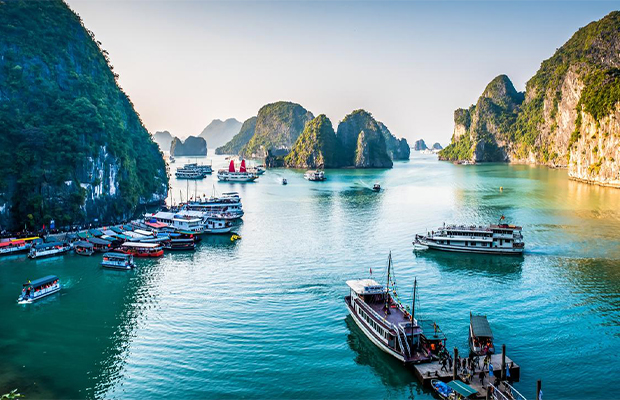
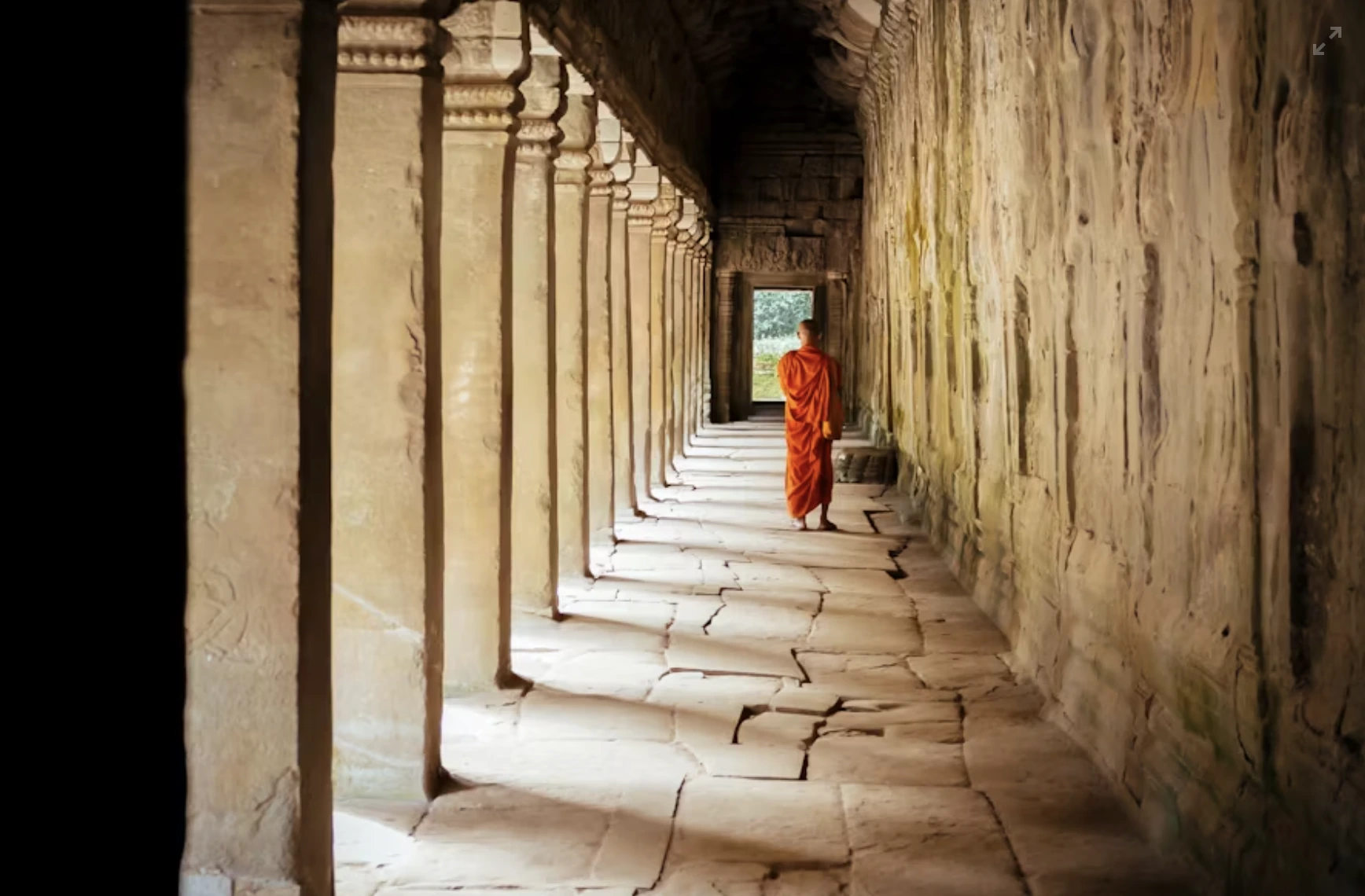
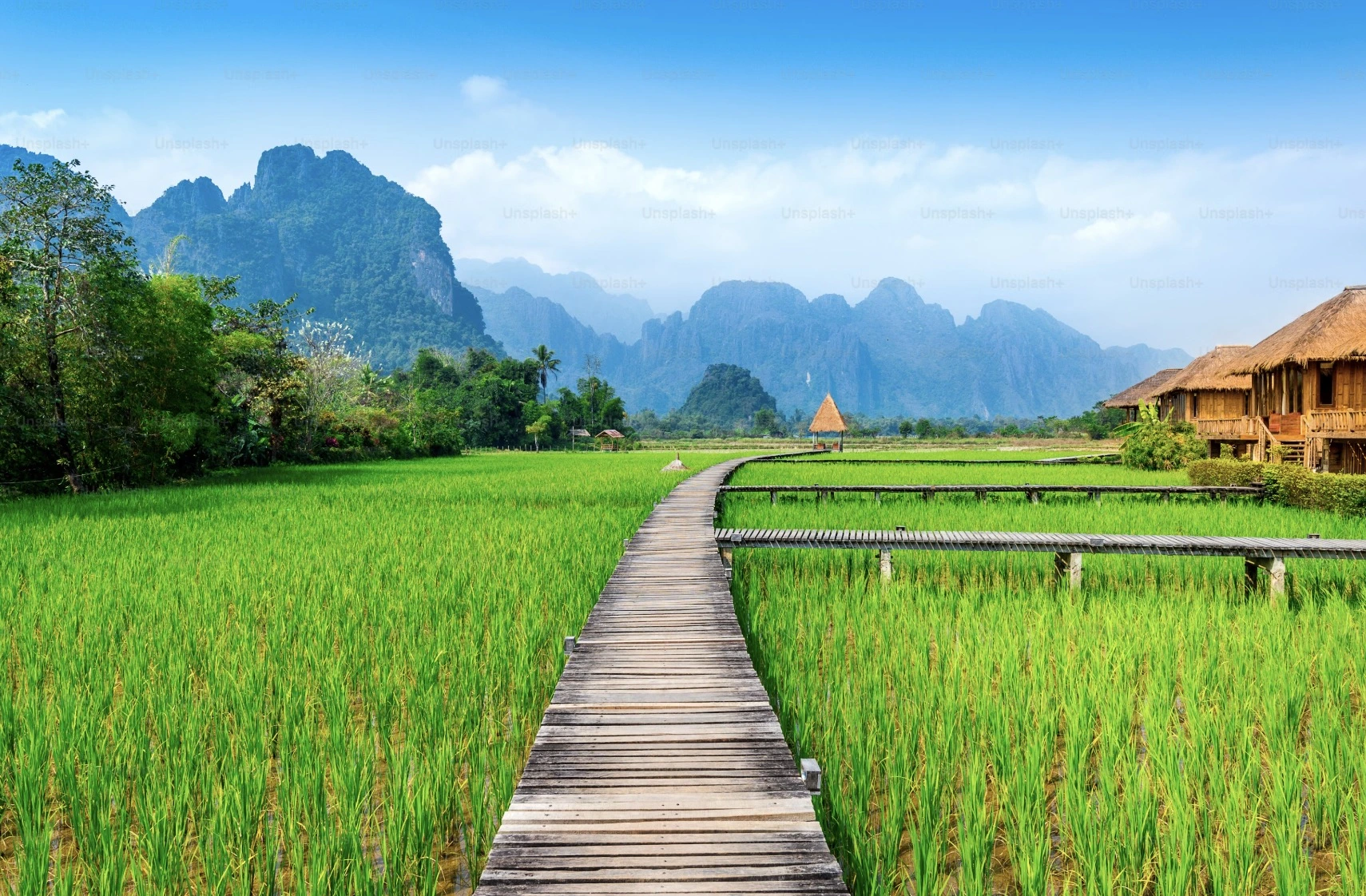
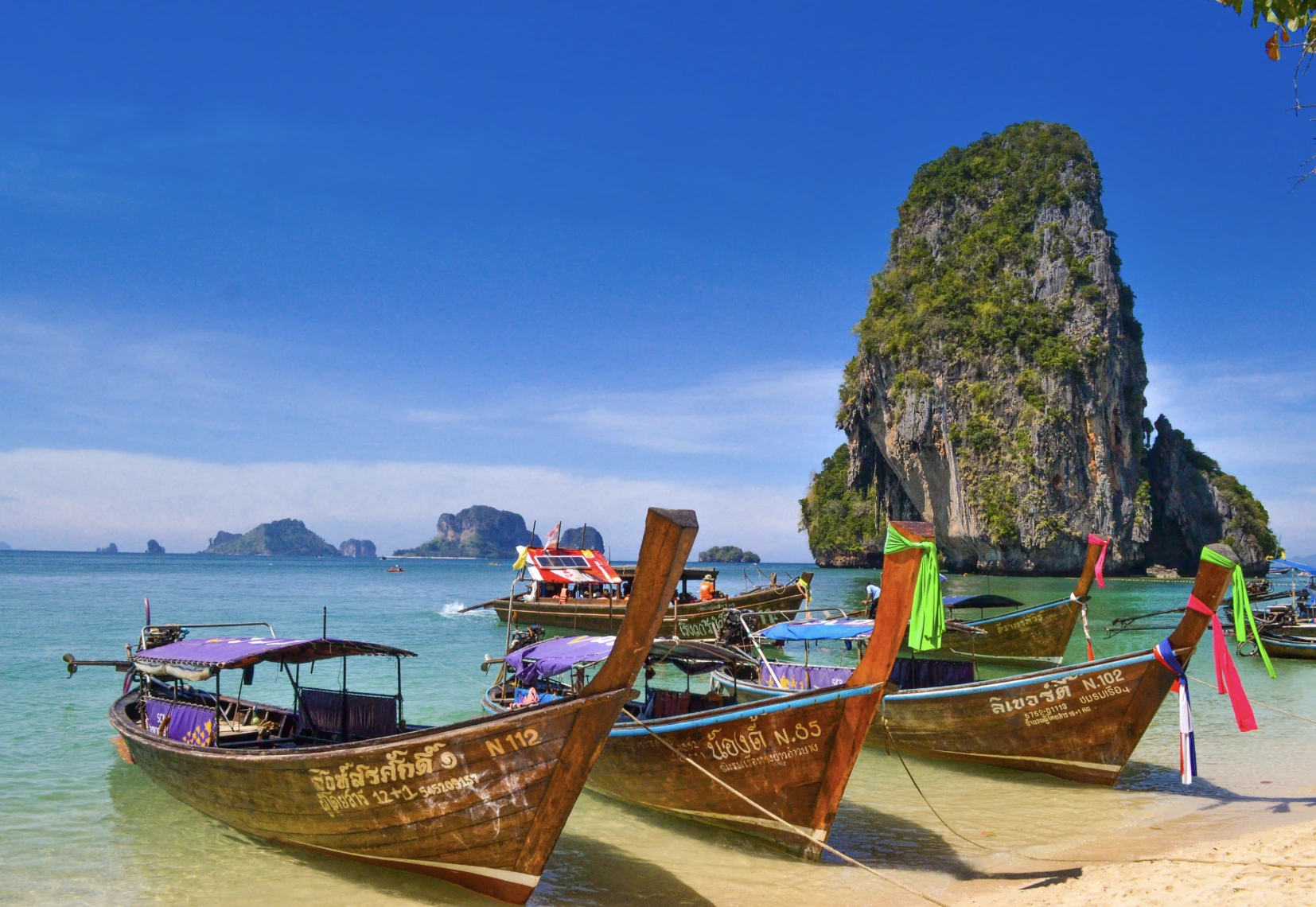
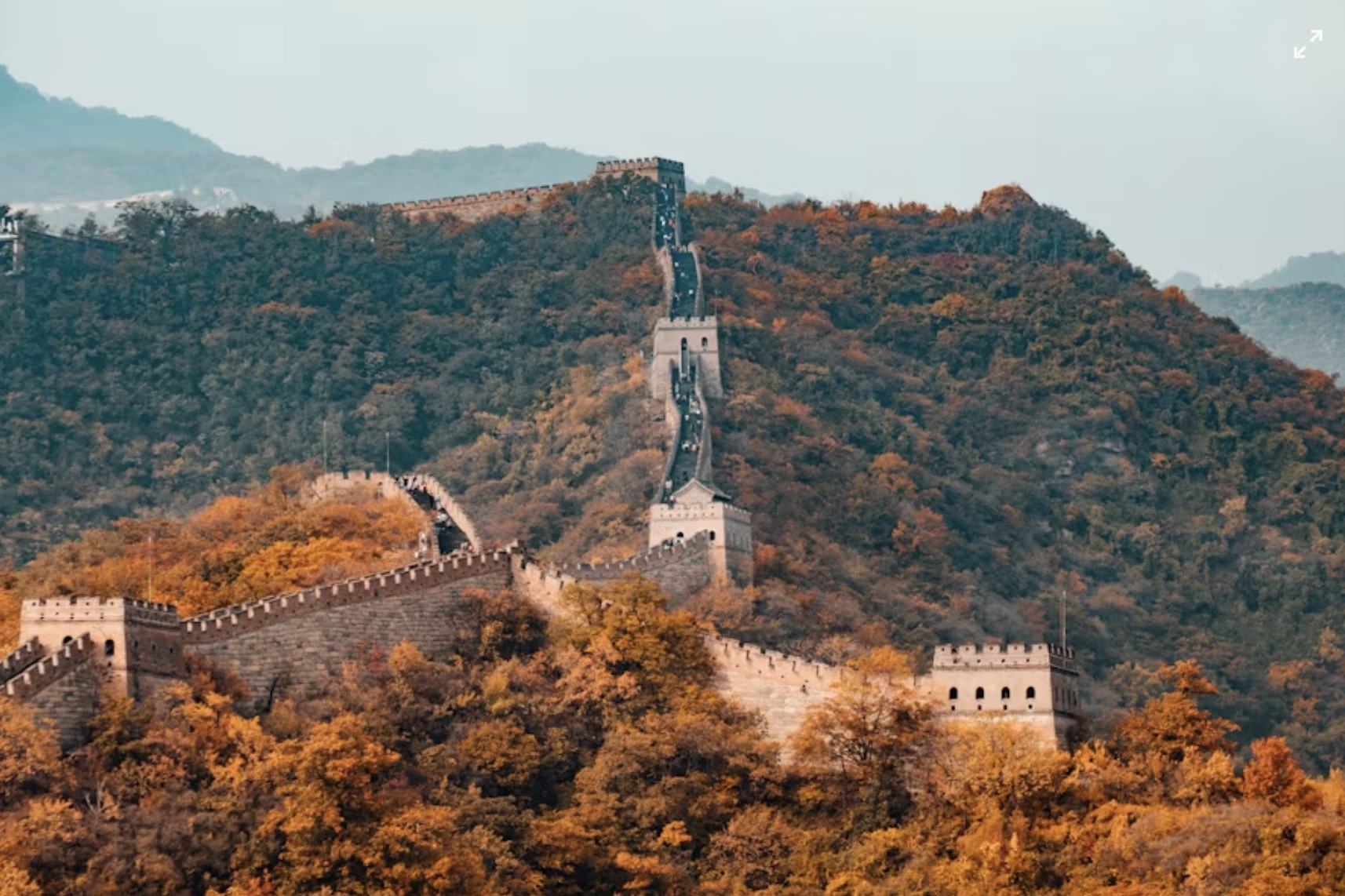


















.jpg)

